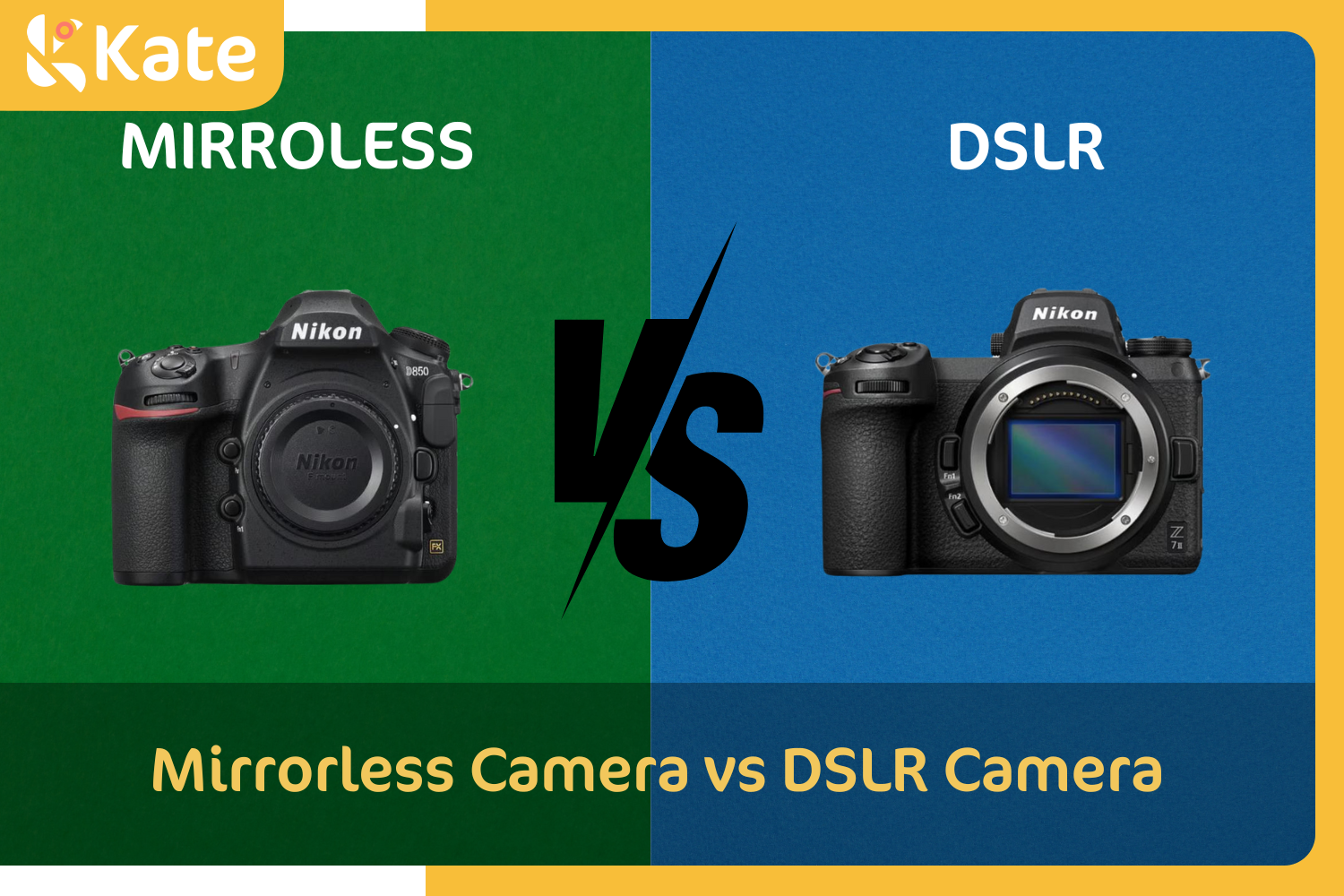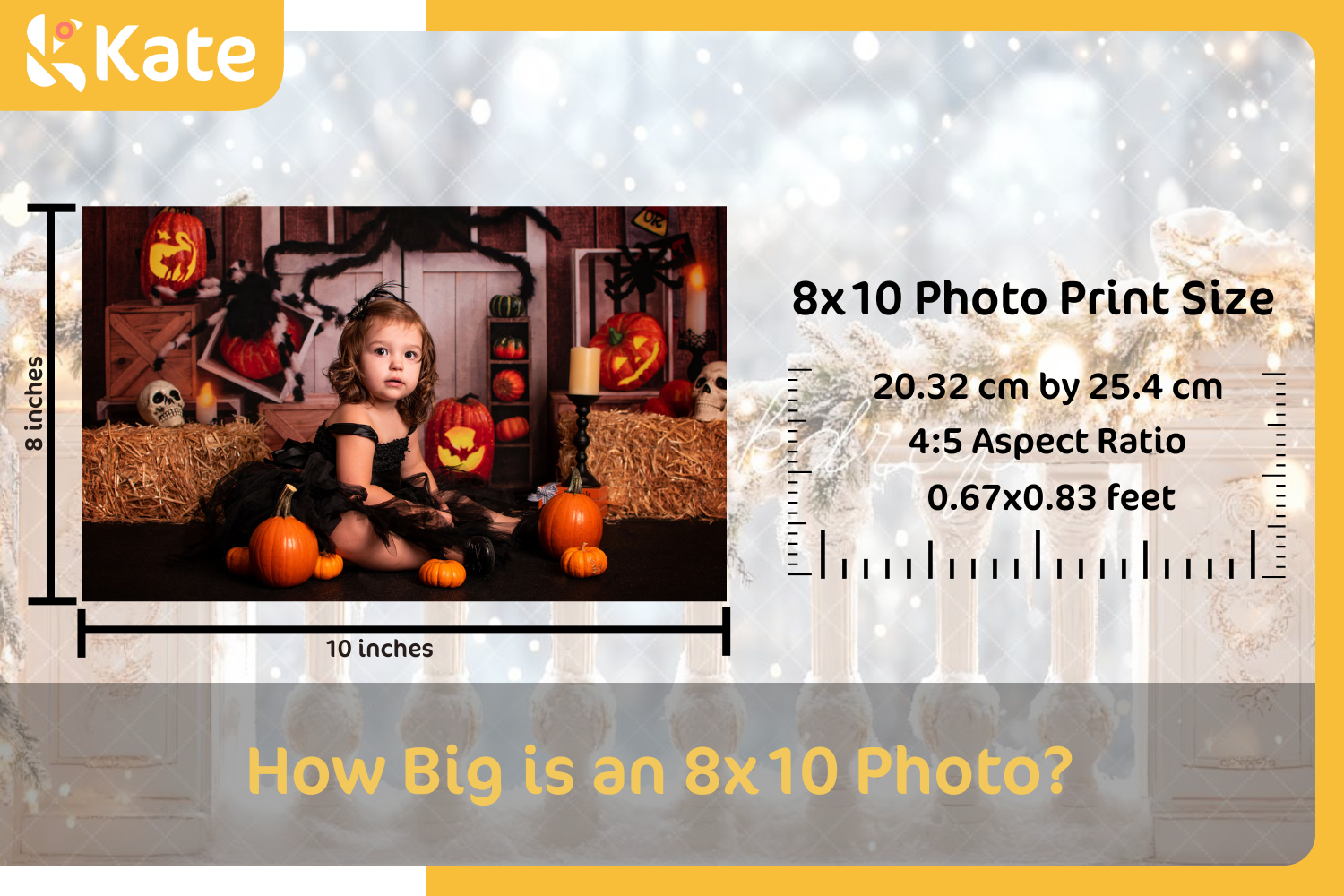The Ultimate Guide to Birds’ Eye View Photography: Definition | Benefits | Effective Tips
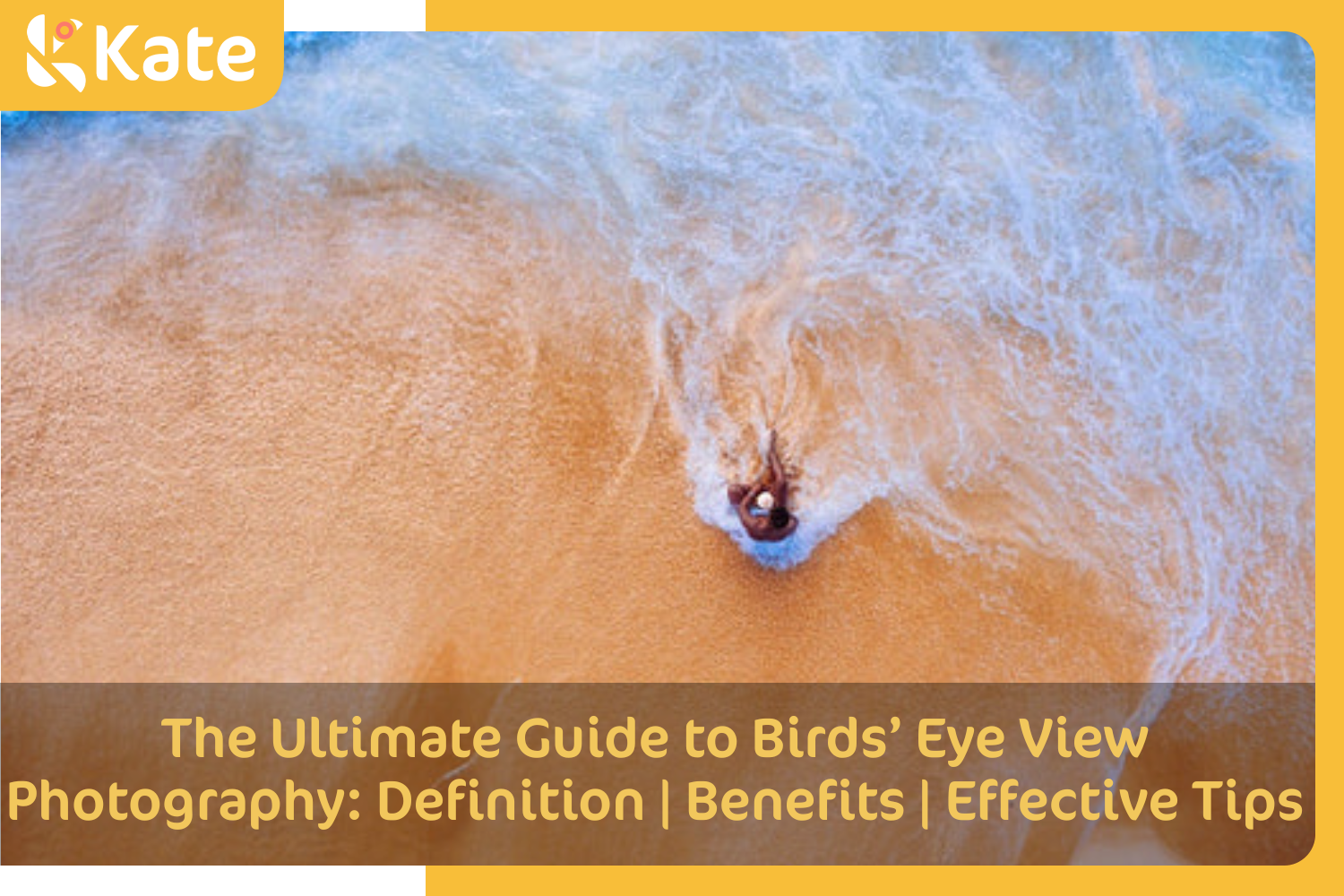
Bird’s eye view shots are gaining popularity by the day. This photography technique makes you see things around you from a different angle and perspective, paying attention to the finer details. Here is a deeper insight into bird's eye view photography, why you should do it, and the tips that you should consider through the process.
What is Birds Eye Photography?
Bird-eye photography is also commonly called bird's eye view photography and is a viewpoint where the shot is snapped from above. This usually gives a totally different perspective; a scenery from a bird's eye, as it perches or flies. Another name used to refer to a shot taken from above is an aerial perspective.
The bird's eye photography is very common in landscape and architectural photography. You can take these type of shots with a hot air balloon or helicopter, from tall buildings or hills/mountains, or you may prefer to use a drone.
Why Should You Take Birds Eye View Shot?
1. To Draw Attention to a Landscape's Special Pattern
Photography from a bird's eye gives a fresh look at the landscape. This photography draws more attention to the different variations of textures and patterns that are hard to notice with the naked eye. From a bird's eye, you will definitely have a different perspective from normal photography. For instance, swirls and waves can form unique patterns in oceans, and for forests taking aerial photos can make you see different shapes in a forest with pine trees.
2. To offer your viewer a sense of power.
Taking photographs from a bird's eye gives the viewer the sensation of power over the subjects in the photo. They feel like a superhero looking down at the image taken from above. This way, you can use this effect to help your photos tell a narrative. The impression you want to convey will determine everything regarding the birds-eye view images you take.
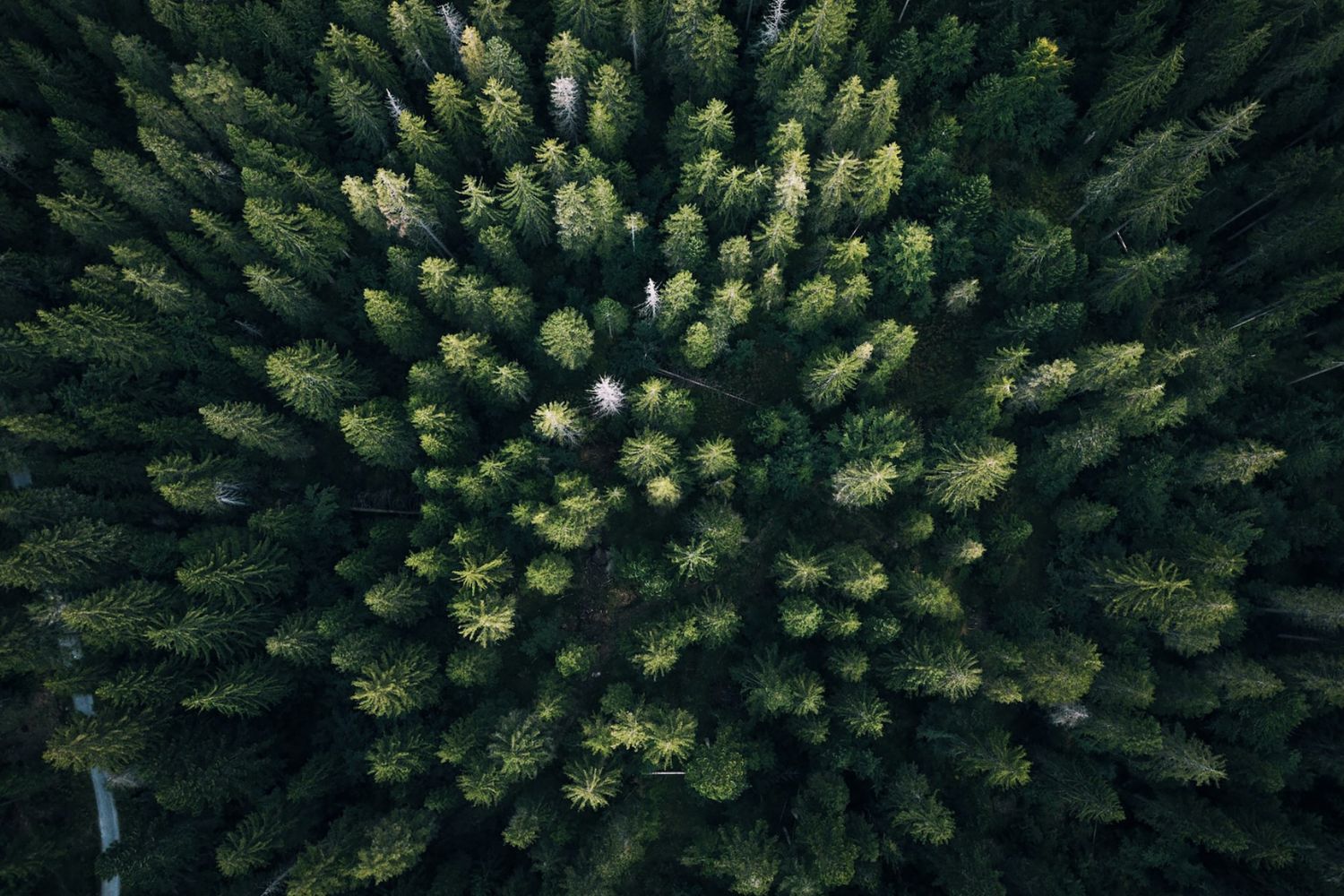
Photo by Fabio Comparelli on Unsplash
3. To take pictures of shapes and forms from an aerial view.
Most of the time, the different buildings take an interesting form and shape that would not be seen at ground level. They exhibit their unique beauty only from above. These structures stand out from the surrounding ones if you move farther away and ascend to a higher vantage point.
4. To Identify a Cityscape's Symmetry
Generally, the urban areas or cities are made in perfect alignment. However, this can never be noticed when we are out in the street. The bird’s eye view photograph helps us see the beauty of this symmetry.
5. To Fully Capture the Scale of Stunning Landscapes
Some landscapes appear stunning to us from where we are but looking at them from a bird’s eye view shot is way better. An example is looking at landscapes of mountainous areas using the bird’s eye view aids in capturing details like peaks in the background and foreground; this gives you an extensive view and focuses on the varying altitude.
6. To offer a captivating perspective on familiar scenes.
We encounter some scenes every day but we never turn to look at them again. All the parks, basketball courts, and road intersections seem to have the same dullness. But looking at things differently makes it possible to build a new world. Try taking the photos from a forty or ninety degree using the birds-eye view photography style; this will unlock lines, forms, and patterns we cannot see from a ground view.
7. To Transform Boring Cityscapes into Works of Art
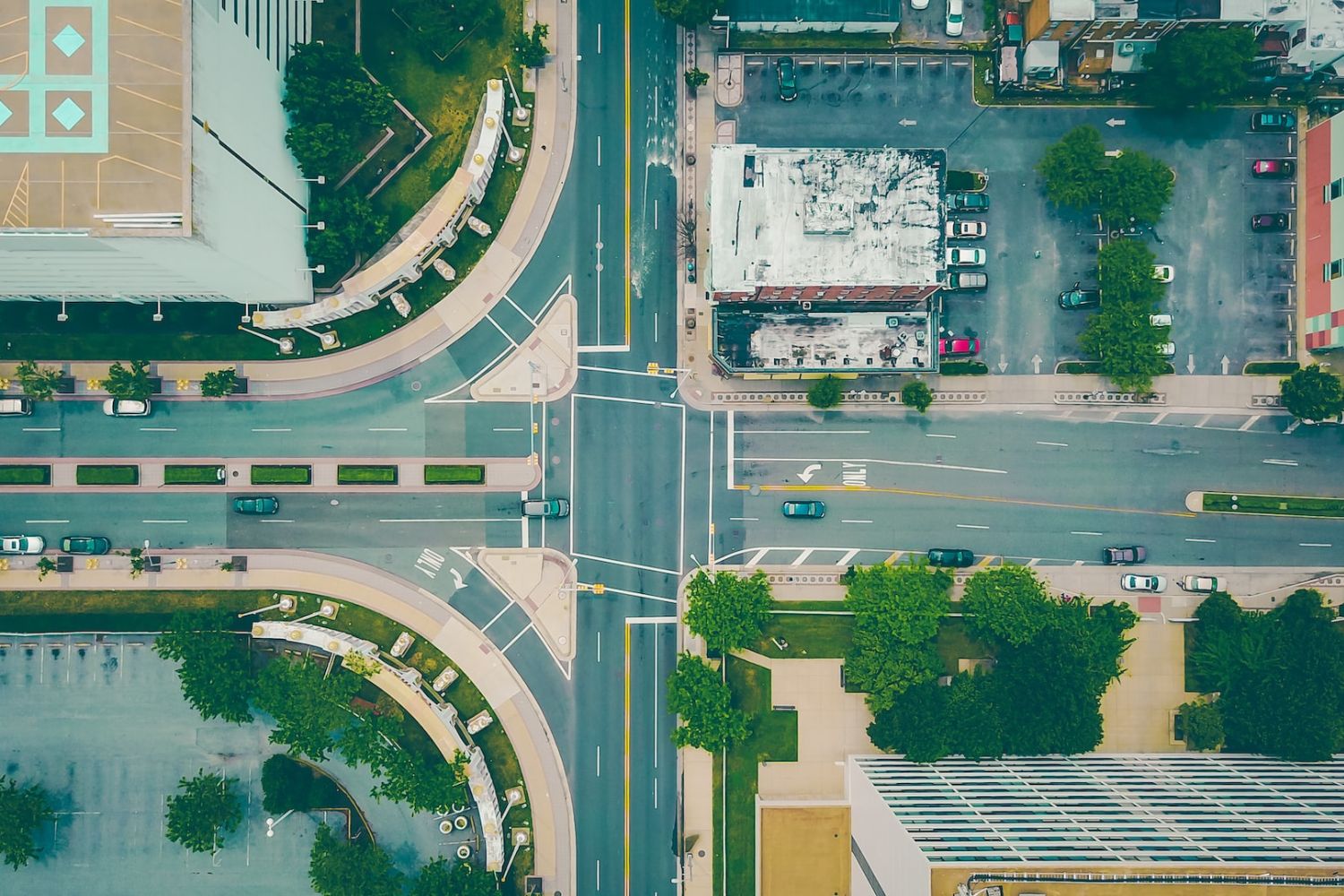
Photo by Tim Trad on Unsplash
Generally, every urban setting resembles one another in the long run, making it quite difficult to tell the difference between urban environments. Using the bird's eye view photography can give photos an interesting twist; buildings can look like trees giving your pictures a different and intriguing perspective.
8. To Take Your Viewer to Lovely Scenes
Birds’ eye photography of forests, cities or highways allows your viewers to encounter scenes they've never seen before. They do not have to get on planes to get lovely views and feel as if they are birds flying over the scenes through the photos.
How to Capture Great Birds Eye View Photography
Tip 1: Try to concentrate on the features at the top.
Most photographers advise focusing on the object, which is the closest to the lens. When the model is shot from above, most often, this becomes the top of the structure from which the picture is taken. With a wide-angle lens, it becomes easy to make this element larger.
Tip 2: Take pictures in raw format
Edit pictures using raw shots taken in the bird's eye view. You can easily increase the sharpness and clarity of the raw images. You can enhance the color and brightbness or do the opposite by making the shots less vibrant or changing them to black and white.
Tip 3: Keep an eye out for symmetry
It is much easier for your viewers to discover the beautiful scenes visible from great heights using bird's eye photography. This photography style will look awesome when applied to symmetry in a country park, garden, or city square.
Tip 4: Find the best location in advance.
Moving from place to place is a common practice when shooting. Plan ahead and find the best locations for bird-eye view shooting in advcance. If its raining, look for some covering for your equipment.

Photo by Humphrey Muleba on Unsplash
Tip 5: Get to a Very High Spot
Most of all, consider how you could rise above the scene or the subject. A crane is often used by filmmakers to produce nice pictures from above. However, you can still use anything that will give you extra height provided at home, garage, or yards like a ladder or a chair.
Tip 6: Take pictures of the forms and shapes.
Bird's eye view photography will reveal to you an evident geometric look to all your subjects. Large parks or squares, for example, can be turned into circles if observed from above. Think of how the ground looks from a plane; so many diverse forms and shapes.
Tip 7: Give priority to isolation or boundlessness.
The bird's eye view shot makes the subject shrink in comparison with the vast environment. Additionally, if the setting is empty, you can create a good sense of loneliness and isolation.
Tip 8: Look for Similar Objects
Find a place that will enable a lot of repetition, like railway stations. The precise positioning of objects would give distinct forms and shapes.
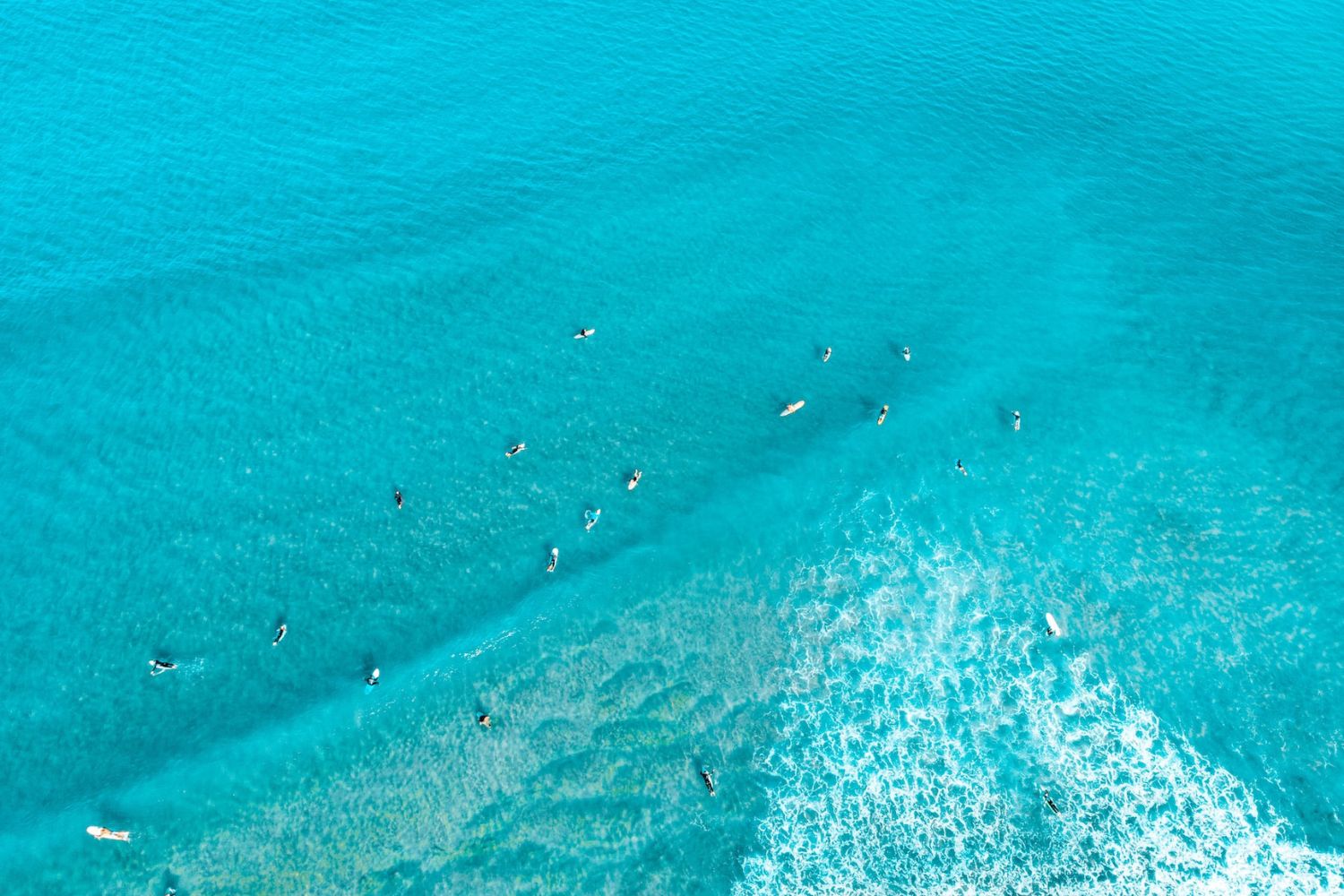
Photo by Alec Bennett on Unsplash
Tip 9: Play around with shadows.
Take advantage of the shadows as they widen the horizon of bird's eye view photography. Our shadows look like huge figures partially blocked from a sunset as the sun sets.
Tip 10: Create Perspective by Framing Your Subject
Find things in the area that help you adequately surround the subject of your shot. To have a unique perspective and emphasize on your subject, use a window, tree branches, or a fence.
Tip 11: Make use of the foreground to add depth.
Adding something to the foreground will help add depth to your bird's eye view shots. It will make your photos more interesting and appealing to the eyes of the viewer.
Tip 12: Have a fast shutter speed
It allows you to have professional pictures and protects your photos from being blurred.
Conclusion
Bird-eye view photography is an amazing style to try out, especially if you are looking for a better perspective of things. It makes you tap into the creative side and make those masterpiece shots. Hopefully, everything that you need with regard to bird-eye view photography has been extensively covered in this article. Enjoy trying out this photography style in your subsequent expenditure.














 Valentine's Day2025🌹
Valentine's Day2025🌹